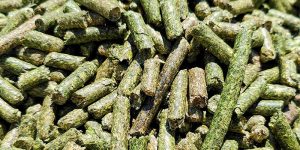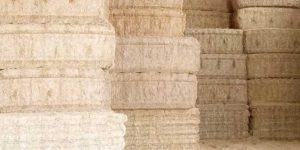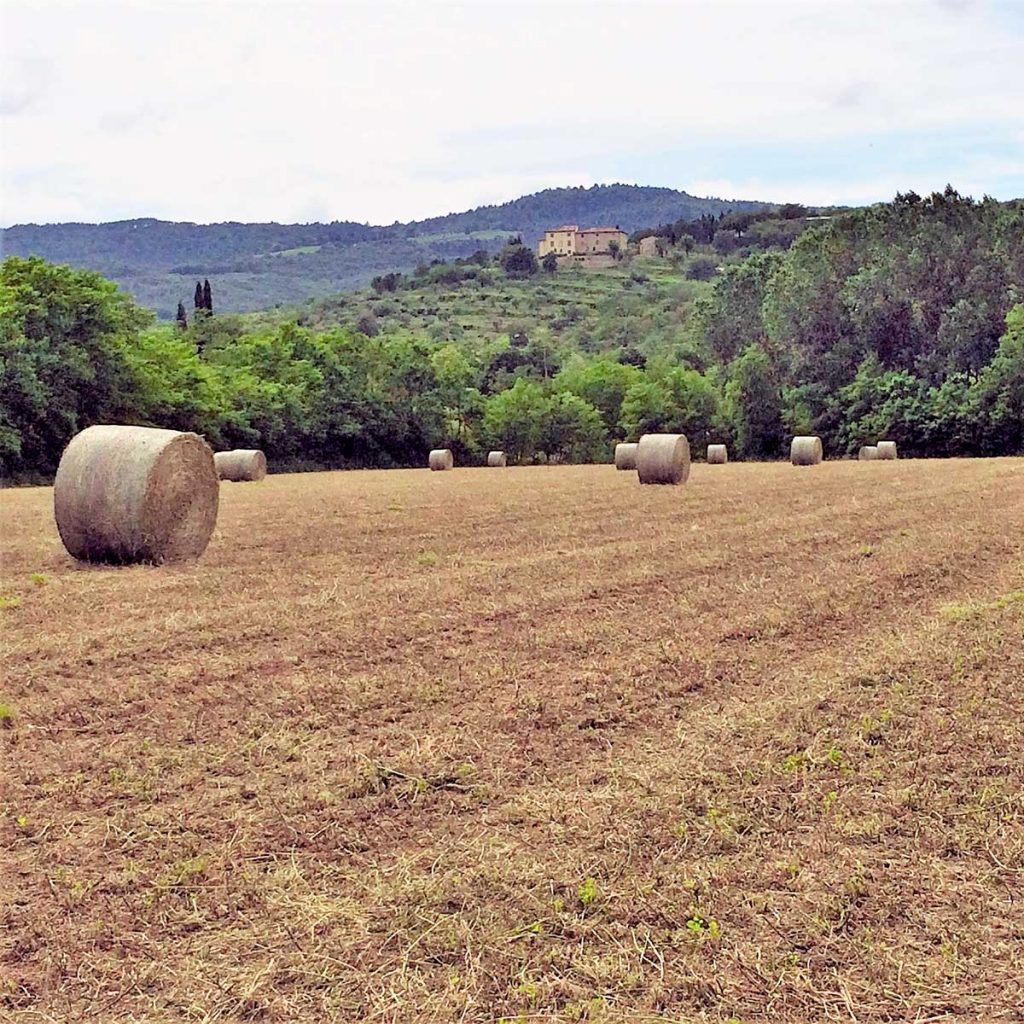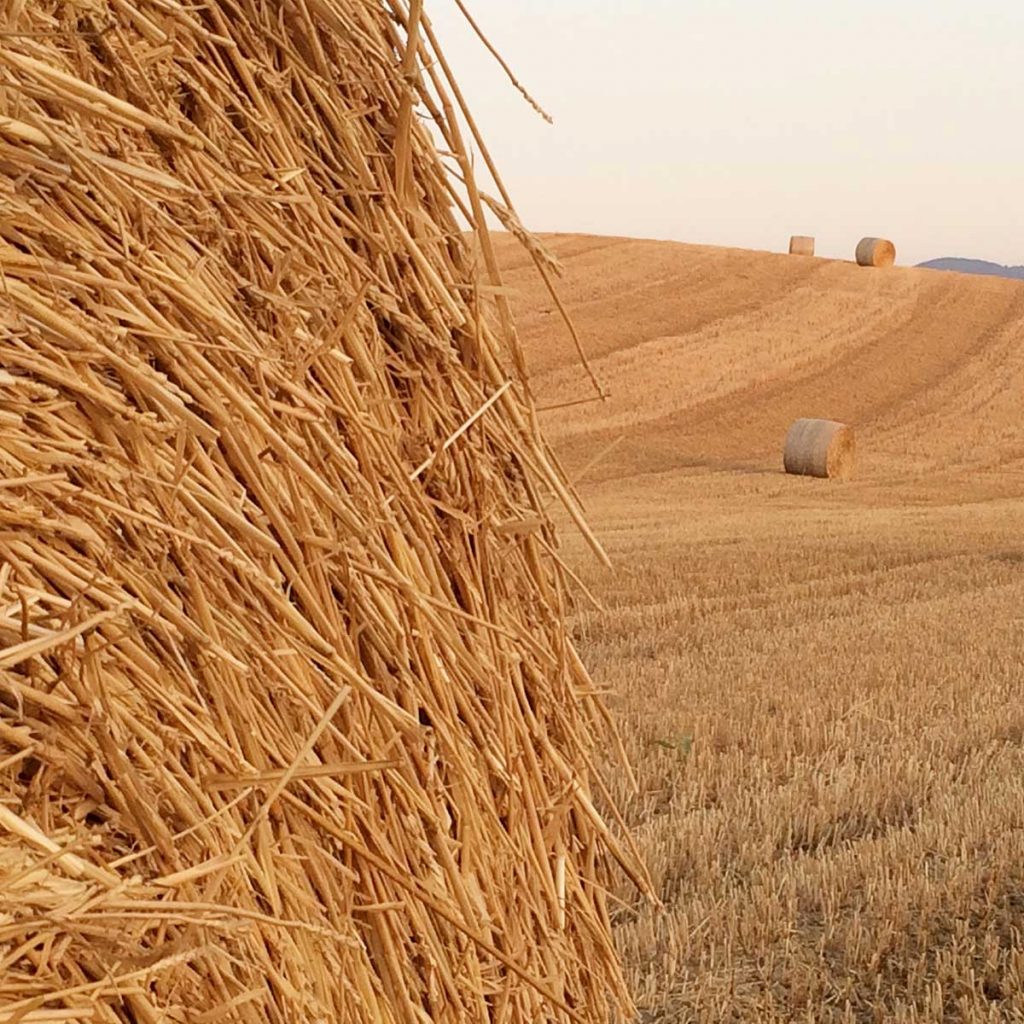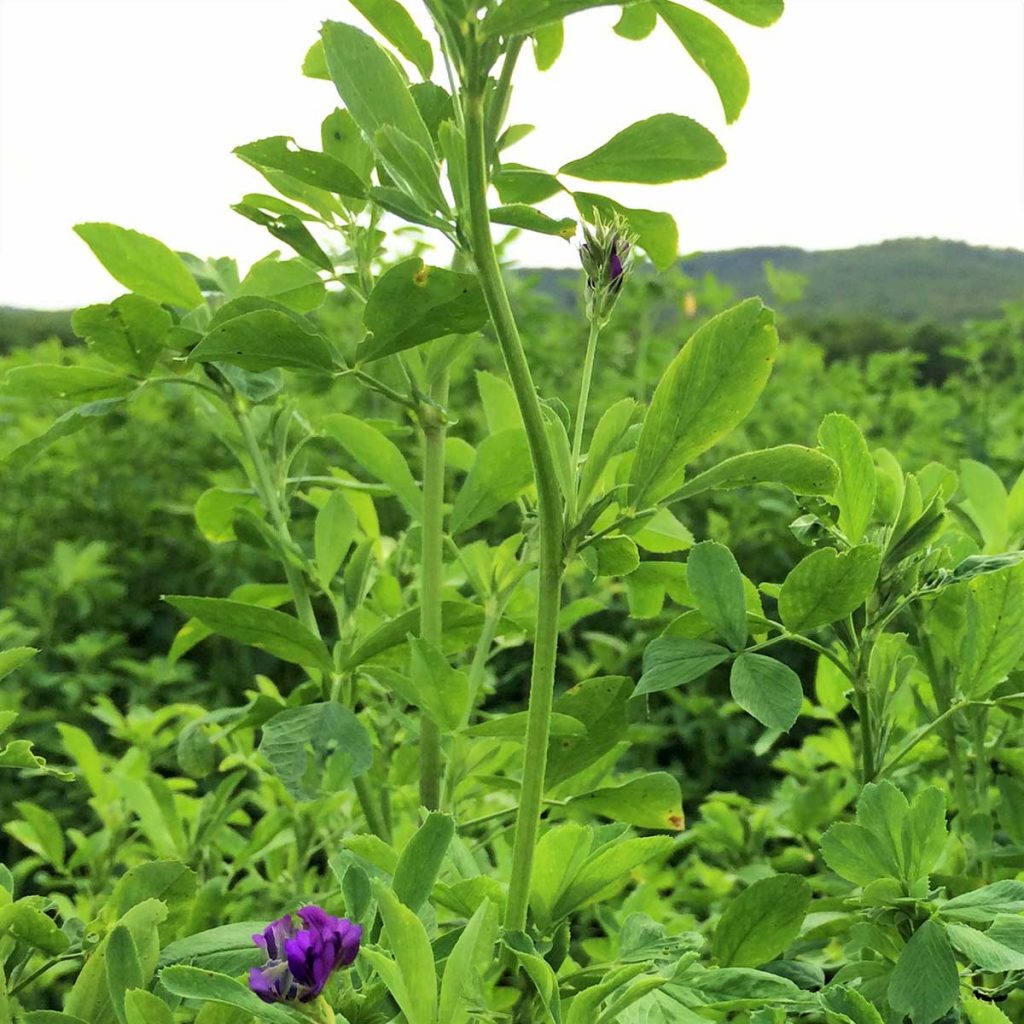Products
The raw materials
Hay
Forage is the entire vegetative part of a plant, intended to feed livestock, even after some transformations.
Fruits and seeds are included in forage if they are collected together with the vegetative part, otherwise if collected separately, the latter are considered concentrates.
The plant species that are used for the production of forage are defined as forage plants or forage crops.
Each forage crop is characterized by its quantities of fiber, proteins and carbohydrates.
Through the haying of forage, HAY is obtained, that is, grass dried in the field, collected and stored for the purpose of feeding livestock, in particular cattle, horses, goats and sheep, and small domestic animals such as rabbits and small rodents.
Hay is cut several times during the year, depending on the period it takes different names:
- first cut hay: called maggengo, harvested in May/June.
- second cut hay: called agostano.
- third cut hay: called September hay or grumereccio.
The energy value of a forage can be estimated with various systems. The most widespread in the past, the Scandinavian method, provides as a reference unit, called forage unit or UF, the energy contained in a kg of standard barley or in 2.5 kg of hay from a polyphyte meadow rich in Phleum pratense.
The system of classic forage units, still used today in the economic or estimative field, is considered obsolete in the zootechnical field as it underestimates the energy value of forage in the transformation into milk.
To this end, the Scandinavian method is now abandoned in favor of other more effective ones, such as the net energy method, adopted especially in North America, and that of the French forage units, adopted in Europe.
Straw
Straw is made up of the stalks of cereals at the end of maturation.
The main straw cereals are: wheat, barley, oats, rice, millet, rye and spelt.
In livestock farming it is used as a supplementary element of forage, and especially as litter.
Alfalfa
Forage plant par excellence, ALFALFA (Medicago Sativa) is the most widespread in the world. This is a perennial plant, its leaves are similar to those of clover, its flowers are a beautiful blue-purple color and the fruits are legumes with very small seeds inside (100 seeds weigh 0.2g).
Alfalfa is an irreplaceable friend of nature, it is a nitrogen-fixing plant, that is, it enriches the soil with nitrogen again after the impoverishment caused by previous crops, it is capable of self-pollination and its flower is nectariferous, so much so that in the presence of extensive crops it is possible to produce monofloral honey.
Its use in breeding is also irreplaceable, it represents a fundamental source of vegetable proteins; it is rich in fiber, mineral salts, antioxidants and vitamins.
Italy, thanks to its climatic conditions, is highly suited for the cultivation of alfalfa, in addition its characteristics as an autonomous plant make it suitable even on more arid lands.
A diet based on alfalfa is essential for the growth of healthy and long-lived animals for the production of quality milk and meat.

